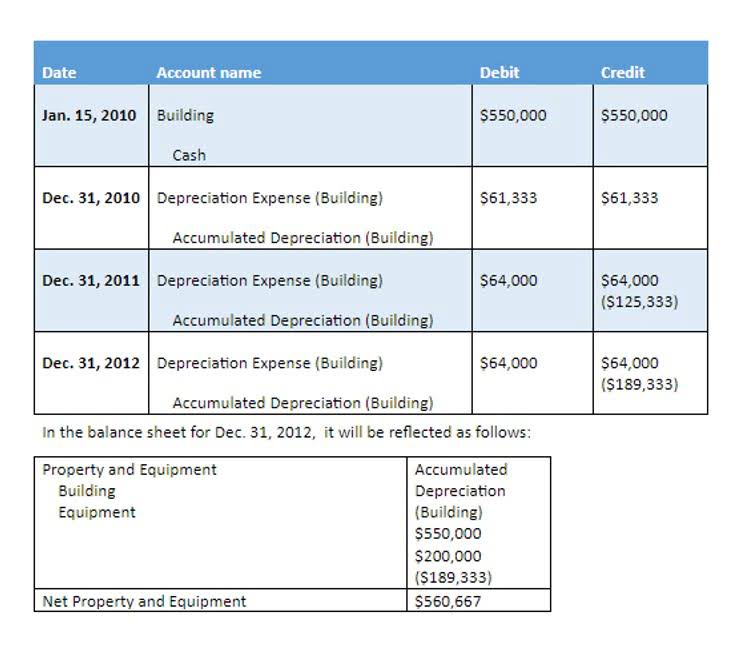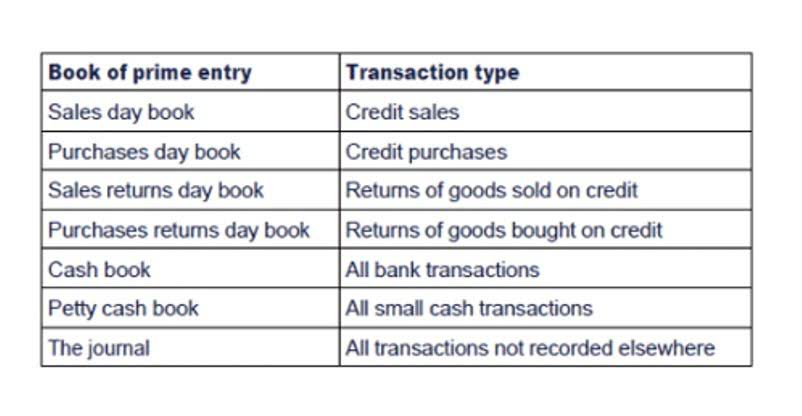
This often involves estimating the future cash outflows required to settle the obligations. For instance, long-term debt is typically recorded at its present value, which is the amount that would need to be paid today to settle the debt in the future. This requires the use of discount rates to account for the time value of money, ensuring that the reported liability reflects its true economic burden on the company. A company may take on more debt to finance expenditures such as new equipment, facility expansions, or acquisitions. When a business borrows money, the obligations to repay the principal amount, as well as any interest accrued, are recorded on the balance sheet as liabilities.
Examples of Liabilities
- Now that we have seen some sample balance sheets, we will describe each section of the balance sheet in detail.
- The sales tax expense is considered a liability because the company owed the state the money.
- They represent obligations that a company must settle over time, often impacting both short-term operations and long-term strategic planning.
- The statement of changes in equity focuses on changes in the company’s equity accounts, such as common stock, retained earnings, and other comprehensive income.
- As you can see there is a heavy focus on financial modeling, finance, Excel, business valuation, budgeting/forecasting, PowerPoint presentations, accounting and business strategy.
- The amount of taxes a company owes might fluctuate based on its profitability and tax planning strategies.
- In accounting, financial liabilities are linked to past transactions or events that will provide future economic benefits.
Current assets are items that are completely consumed, sold, or converted into cash in 12 months or less. Examples of current assets include accounts receivable and prepaid expenses. Other liabilities that can only be estimated, should also be recognised by adjusting entries such as taxes payable. In fact, the requirement for an accurate measure of the financial position and financial structure should determine the basis for liability valuation.

How are Liabilities Present in Income Statement?
As liabilities increase, they may affect a company’s financial health and stability. High levels of debt can lead to increased interest expenses, impacting profitability and potentially leading to insolvency. It is essential for businesses to effectively manage their liabilities and maintain a healthy balance between debt and equity.
- Examples include invoices from suppliers, utility bills, and short-term debts.
- You can learn more about inventory and the related cost flows by visiting our Inventory and Cost of Goods Sold Explanation.
- The cost of inventory should include all costs necessary to acquire the items and to get them ready for sale.
- The essence of a liability is a legal, equitable or constructive obligations to sacrifice economic benefits in the future rather than whether proceeds were received by incurring it.
Liabilities and business decisions
- Long-term liabilities are debts that take longer than a year to repay, including deferred current liabilities.
- These are costs for goods and services already delivered to a company for which it must pay in the future.
- The amount of other comprehensive income is added/subtracted from the balance in the stockholders’ equity account Accumulated Other Comprehensive Income.
- Businesses report contingent liabilities on financial statements but note them separately because of uncertain expenses.
- When notes payable appears as a long-term liability, it is reporting the amount of loan principal that will not be payable within one year of the balance sheet date.
- Probably the most important of these objectives is the desire to record expenses and financial losses in the process of measuring income.
When a company issues long-term debt, the party purchasing the debt (the creditor) may not always pay the face value of the bond. If debt is issued at below face value, it is said to be at a “discount”, whereas bonds issued above face value are at a “premium”. Both discount and premium bonds require special accounting treatment—we will look at examples of each. A contingent liability is an obligation that might have to be paid in the future but there are still unresolved matters that make it only a possibility, not a certainty. Lawsuits and the threat of lawsuits are the most common contingent liabilities but unused gift cards, product warranties, and recalls also fit into this category. AP typically carries the largest balances because they encompass day-to-day operations.
Examples of Accrued Liabilities

This can range from money owed to suppliers, as in accounts payable, to long-term commitments like mortgage payable or bonds issued. Liabilities are not just about immediate payments; they include economic responsibilities that a company expects to settle in the future, reflecting past transactions and financial activities. A liability is an obligation of a company that results in the company’s future sacrifices of economic benefits to other entities https://allenperu.com/bookkeeping-101/ or businesses. A liability, like debt, can be an alternative to equity as a source of a company’s financing.

Now, accounting for liabilities after understanding how to calculate liabilities, the next step is to explore the financial ratios that use these figures to evaluate a company’s debt management and overall economic health. Samsung Electronics reported a total liability of ₩121.72 trillion (approximately AED 390.7 billion), divided into current and non-current liabilities. Explore the essentials of liabilities in modern accounting, their types, and their impact on financial reporting and ratios. These obligations can offer insights into a company’s ability to manage its debts and its potential capacity to take on additional financing in the future.
Issuing additional common stock or additional bonds
Because most accounting these days is handled by software that automatically generates financial statements, rather than pen and paper, calculating your business’ liabilities is fairly straightforward. As long as you haven’t made any mistakes in your bookkeeping, your liabilities should all be waiting for you on your balance sheet. If you’re doing it manually, you’ll just add up every liability in your general ledger and total it on your balance sheet. They’re like financial band-aids—useful in the short term but not a long-term fix. Be mindful of interest rates; they can be higher than long-term loans.

Liabilities are primarily categorized by their maturity date, distinguishing between short-term and long-term obligations. This classification is crucial for stakeholders to assess a company’s liquidity, its ability to meet short-term obligations, and its solvency, which relates to long-term financial stability. This distinction helps evaluate a company’s overall financial strength and risk exposure. Master the methods for calculating a company’s financial obligations. Interest payable is calculated by taking the bonds’ face value of $50,000 times 8% divided by two (to account for semiannual interest payments). Then, to calculate the amount of discount to amortize, we take $50,000 face value minus the $48,000 issuance price to get the total discount amount of $2,000.
One ledger account of the most affected ratios is the debt-to-equity ratio, which measures the proportion of a company’s financing that comes from debt compared to equity. A high debt-to-equity ratio may indicate that a company is heavily reliant on borrowed funds, potentially increasing its financial risk. Conversely, a lower ratio suggests a more conservative approach to financing, which might appeal to risk-averse investors. Liability generally refers to the state of being responsible for something. Tax liability can refer to the property taxes that a homeowner owes to the municipal government or the income tax they owe to the federal government.
